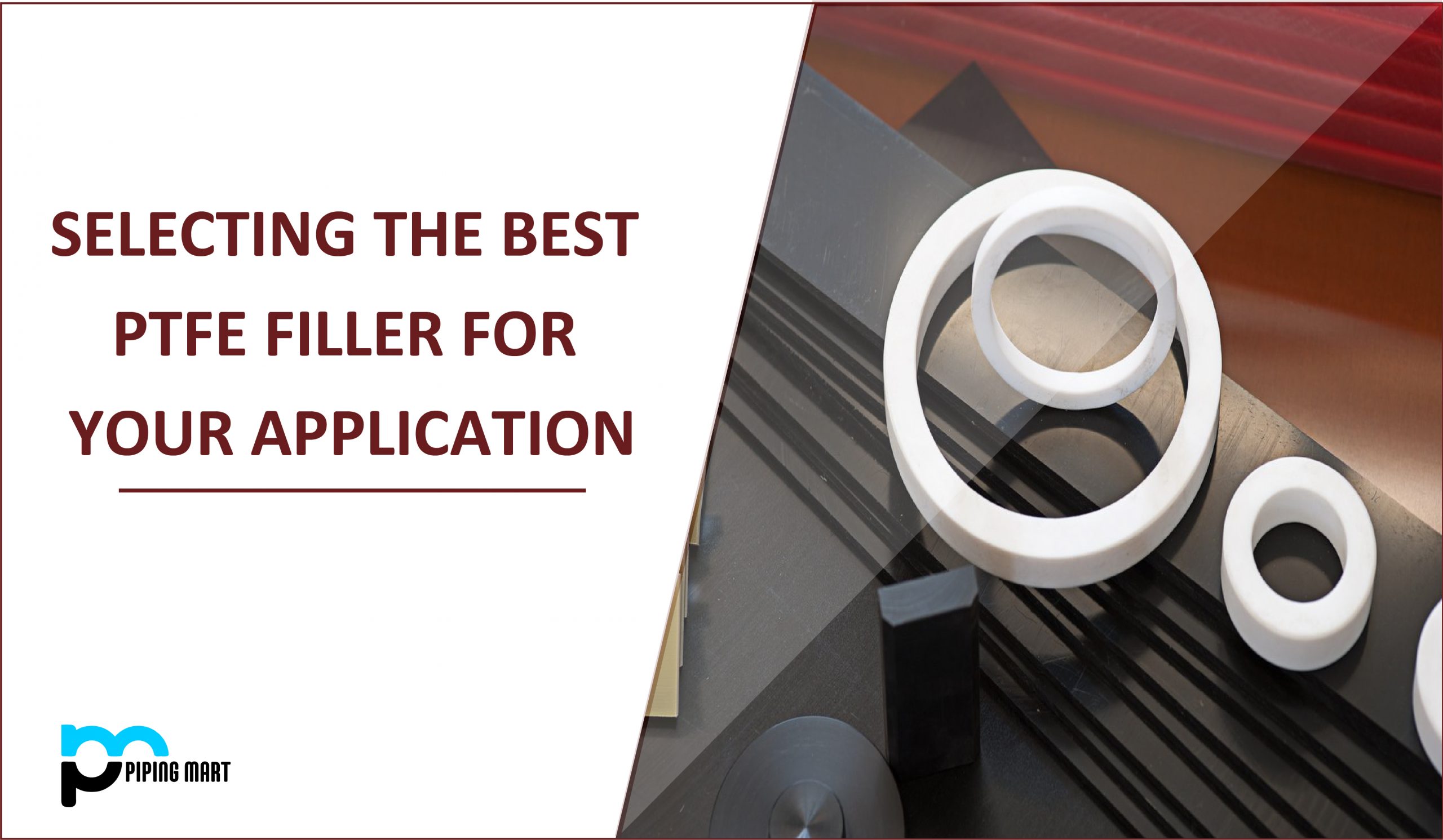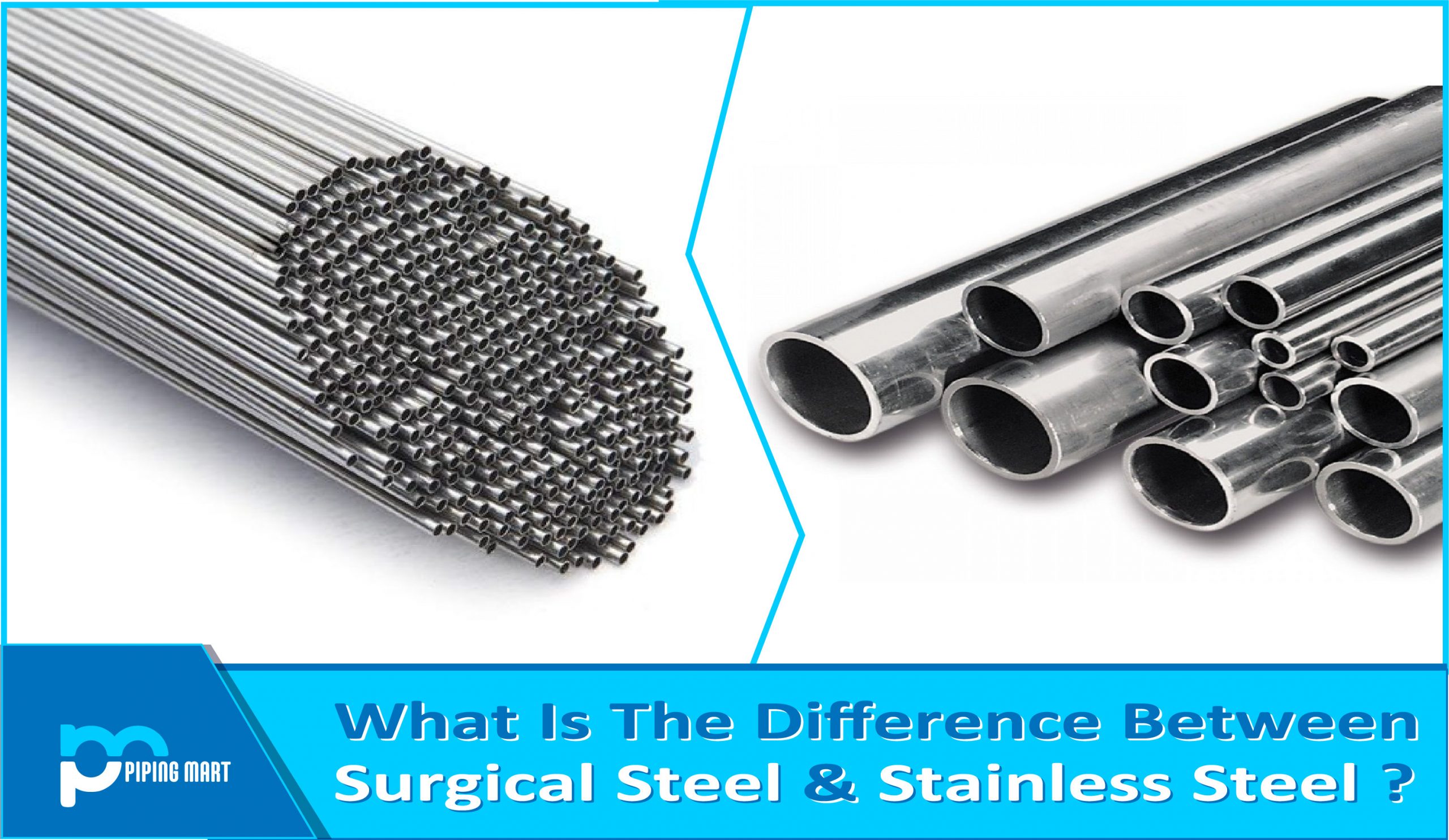Teflon, or polytetrafluoroethylene (PTFE), is a nonstick substance that is often used in cookware and protective garments. This flexible material has a plethora of industrial applications as well. PTFE is widely utilized in a variety of industries, including aerospace, food and beverage industry, pharmaceuticals, and telecommunications, to mention a few.
Pure PTFE is a low-friction material that can survive large temperature fluctuations, making it ideal for cookware such as nonstick pans. Because PTFE is both very flexible and incredibly thick, a PTFE coating on machine components makes them significantly more robust.
Selecting the best:
Glass Filler
The most frequent form of filler for PTFE tubing is glass. This sort of filler is usually comprised of E-glass fibre. Because of its superior wear resistance, minimal creep, and high compression strength, glass fillers are perfect for hydraulic piston rings. Glass fillers have a high compressive strength, which prevents the tubing from getting distorted over time. Glass fibres can be either powder or fibre. Glass fibre provides superior creep resistance, and glass powder is inexpensive.
Powdered Graphite
Graphite-filled PTFE has similar benefits to carbon-filled PTFE but does not enhance wear resistance in the same manner. Graphite has great self-lubricating characteristics and has a low coefficient of friction. When mixed with carbon, glass, or both, the combination provides the advantages of all three components.
Carbon
Carbon filters improve the performance of PTFE tubing in a variety of ways. This includes greater compression strength, wear resistance, hardness, thermal conductivity (which increases heat dispersion), and lower absorbency. Graphite also increases the wear and friction characteristics of carbon. Because carbon is highly inert, the chemical has only a little effect on the chemical resistance of the filler.
Bronze Filler
Bronze-filled PTFE may be perfect if your application requires high thermal and electrical conductivity. Adding bronze to PTFE enhances wear resistance as well. However, bronze reduces the PTFE’s nonstick qualities and chemical inertness, so you should assess whether they are vital in your specific case. Due to their unique qualities, other metals such as titanium, nickel, or stainless steel (as discussed above) may also be used as fillers.
Disulfide of Molybdenum
Molybdenum Disulfide (MoS2) is a silvery black chemical formed by the combination of molybdenum with sulphur. Typically, MoS2 is mixed with glass or bronze. MoS2 reduces friction, lessens stick-slip characteristics, improves wear resistance and stiffness, and increases deformation resistance when added to HPTE tube fillers. This element is rather inert, and the only method to dissolve it is with oxidizing acids.

Pipingmart is B2B portal specializes in industrial, metal and piping products. Also, share latest information and news related to products, materials and different types grades to help business dealing in this industry.




